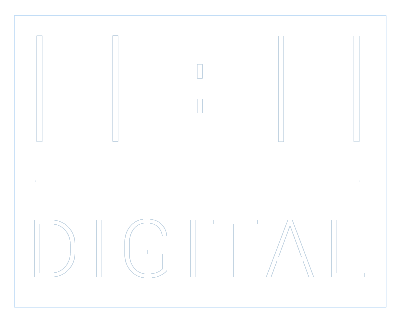As I sit here on Day 24 of my new shelter in home life, balancing client work with home schooling my 10 year old, it’s painfully obvious we are living in unprecedented times. The global pandemic has turned life upside down for people and businesses alike. But, it also provides a unique opportunity for direct to consumer businesses.
Last year somewhere between 84-89% of all retail sales took place in brick and mortar stores, depending on the source. As much as those of us in the direct to consumer marketing space live and breath ecommerce, it still only made up 16% of sales, at most. That is a tiny slice of the overall market.
But, at least for the moment, the landscape has radically changed. With shelter in place orders and non essential store closures, suddenly ecommerce is the only game in town. That 84% of purchases that happened in brick and mortar?
They’ve left the mall, they are flooding online now.
Staying home won’t stop me from shopping.
Because of this, ad costs are as low as they’ve been in years.
So yes, it’s cheaper than ever to get your product in front of people on Facebook/Insta, and you can get in front of tons of people who up to now primarily purchased in store but now have only online as an option. Sounds promising…but are they buying?
The answer is a resounding yes, at least since the initial shock of the situation took hold.
For almost all of my clients the 2nd week of March was rough, and there was a lot of fear and insecurity about the future. Frankly, that fear lingers - we simply don’t know how long this will go or what the ultimate economic effects will be.
But, from what I and other social advertisers have seen, since that initial shock ecommerce is up. For many it’s up by a lot. People are buying.
And not just products that you would assume would sell well during a pandemic. Yes, I have a client who sells home office furniture and they are having the best month they’ve ever had, and yes I have a client who sells soap and bath products and you’d expect those to go well too…but what about shoes and boots? What about leather belts? Or festival wear?
Look at how these brands have done in the month since most brick and mortar closed their doors:
You might think people aren’t buying boots right now. You’d think wrong.
No festivals? No problem apparently.
You might not need to wear pants on a Zoom, but people are still buying belts.
There’s more. Let’s get back to this unique opportunity to get in front of all these brick and mortar shoppers. This is a chance to change their habits, perhaps permanently - to convert them to online shoppers, even when the pandemic is over. But, you must delight the customer to do this.
Here’s what I mean - before this whole situation I would never have considered using a service like Instacart to pick and deliver my groceries. I would want to pick my own produce, make my own choices, etc. In the last month I’ve been using Instacart weekly. If the experience had been amazing, my fear of not picking my own produce unfounded, I would probably now be an Instacart customer for life. It’s certainly hugely convenient!
But, while I am extremely grateful for the service in times such as these, I haven’t loved the produce, nor some of the choices the buyers have made on other items. When the pandemic is over I’ll be headed back to the grocery store. Instacart could have converted me to a customer for life.
Now picture this situation, but with your potential customers. Let’s say you sell shoes. The vast majority of shoe buyers do it in store. Now they are looking at your ads. This is your shot! If you delight them now they may never go back to the shoe store. So make sure your process is rock solid. What are reasons people would prefer to shop in store? Likely they would be sizing, how the shoe looks, and customer service. So make sure your sizing charts are accurate, your pictures well represent the products, and your customer service is top notch! This is your chance to show people that buying shoes online is as good or better an experience than buying in store, and so much easier.
For those brands that do keep finding new people, and do keep delighting them? There’s abundant research that suggests that those brands who are aggressive now thrive later.
The money quote:
“Companies that increased their ad budgets during the recession grew sales much faster than their rivals – not only during the downturn but also beyond it. Companies that decreased their advertising spend saw their sales decline both during the recession and then for the following three years.” - Mark Ritson
So, to summarize:
A flood of store buyers now face no other option than to buy online.
Because of that ad costs are cheaper than they’ve been in years.
And, people are buying, across all sorts of verticals.
Now is your chance to get your brand in front of all these people, inexpensively, and to change their habits and convert them to buying directly from you online
But, you must delight the customer to do this.
If you aggressively execute on this now, you set yourself up not just in the short term, but the long term as well.
Are you an established e-commerce business that want to capitalize on this unique business environment via Facebook, Instagram and Snapchat ads? Book a call and let’s talk.





